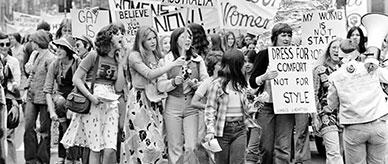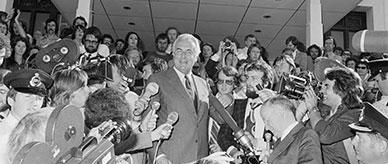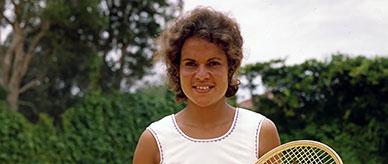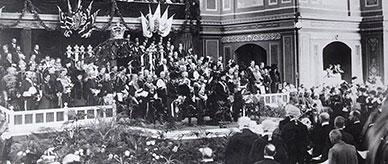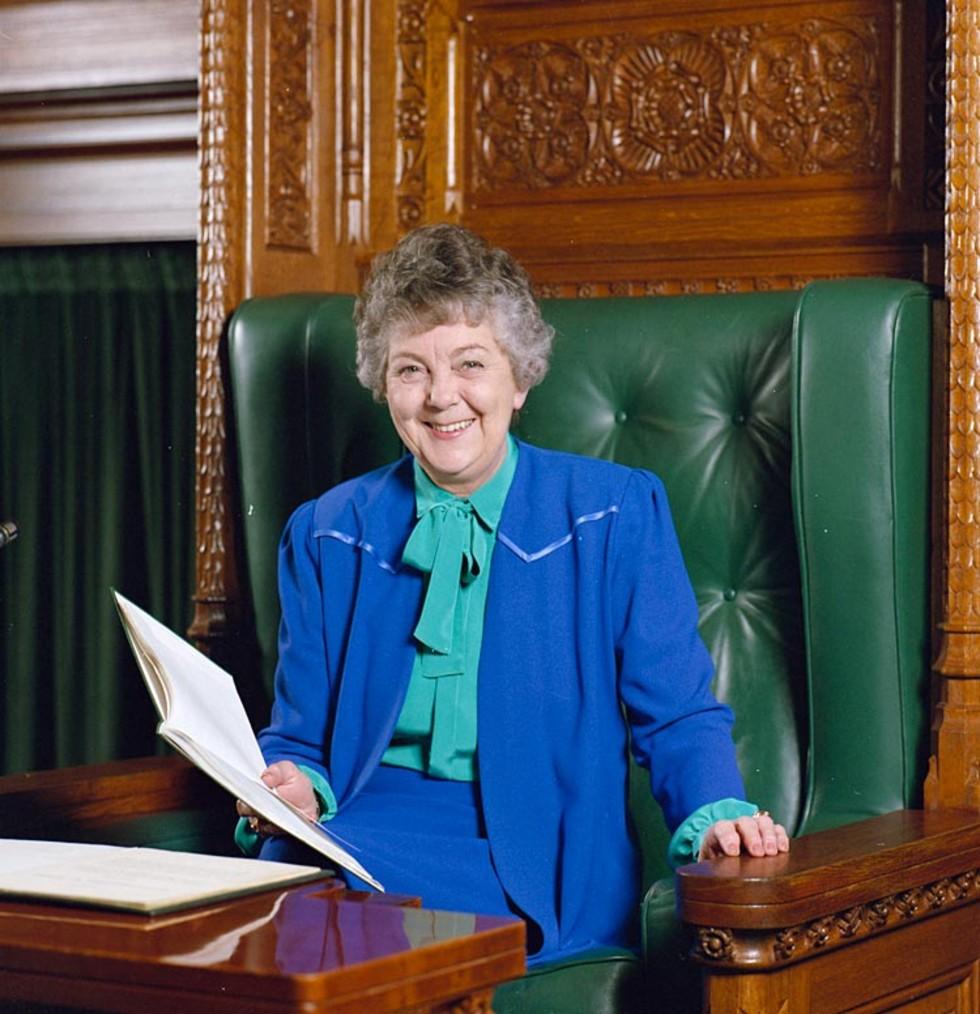


About this record
This is a colour photograph of Joan Child, the Speaker of the House of Representatives from 1986 to 1989. She is sitting in the Speaker's Chair in the House of Representatives at Old Parliament House in Canberra. In one hand she is holding a slim volume. The green leather and ornate wooden carving of the Speaker's Chair are clearly visible. The green hangings of the House of Representatives can be glimpsed on the left.
Educational value
- Joan Child, an Australian Labor Party (ALP) Member of Parliament until 1990, was the first woman to hold the important office of Speaker of the House of Representatives. In this role she presided over meetings of the House and enforced the rules of debate. She also represented the House when dealing with government and other authorities and, in conjunction with the President of the Senate, oversaw the administration of the parliament of Australia.
- Child was the first woman to be elected to the House of Representatives for the ALP when she won the Melbourne seat of Henty in 1974, and only the fourth woman to be elected to the House by any party. A member of the ALP since 1964, Child had earlier unsuccessfully contested the seat of Henty in 1972. She lost her seat in 1975, along with many other Labor politicians, but regained it in 1980 and held it until her retirement in 1990.
- As the first female Speaker of the House of Representatives, Child faced the challenge of maintaining authority over her male colleagues, particularly during the often aggressive Question Time. As Speaker she had to ensure that elected members had the opportunities guaranteed by the rules of debate. Many have suggested that male colleagues thought they could question her authority as Speaker, and it is believed her health suffered under the strain.
- Child resigned from the Speaker's position in August 1989 and in the years that followed she received numerous honours for her work. In 1990 she was made an Officer of the Order of Australia in recognition of her service to the Australian parliament. In 2001 her achievements were recognised again and she received the Centenary Medal, an award which commemorated Australia's 100 years of federation.
- The ornate Speaker's Chair seen in the photograph symbolises the Australian parliament's links with the British Parliament at Westminster and with British history. It was a gift from the UK branch of the Empire Parliamentary Association and includes pieces of timber from Admiral Nelson's flagship, HMS Victory, and also from Westminster Hall. It was Child's request that the Chair remain in its original location at Old Parliament House.
Acknowledgments
Learning resource text © Education Services Australia Limited and the National Archives of Australia 2010.
Related themes
Need help with your research?
Learn how to interpret primary sources, use our collection and more.

